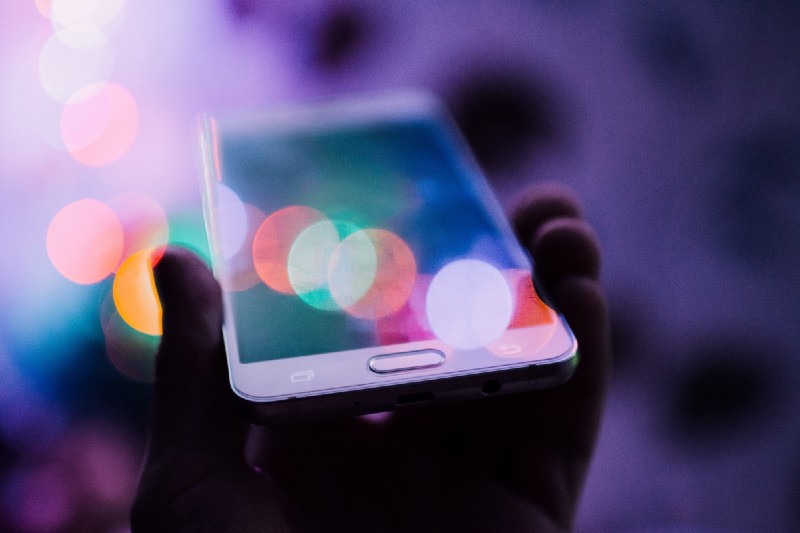
Marketing is inside your app

A common misconception about marketing is that it happens right before or even after the launch of the app. Marketing strategy is seen as something that can wait till after design and development phase, but this approach rarely has a chance to work, without burning your entire budget. Luckily when building an app, you can (and should) consider your marketing strategy from the very beginning of design phase and implement it inside the product itself.
Marketing plan for product launch
The advantage you have when building a web or mobile app over a traditional, physical product is that you can build-in a referral program for your users to market it for you. Trust me, the others did that before, so you have plenty of examples to get your inspiration from.
.jpg)
First of all, you can’t really design and develop an app your users will love if you don’t know who you will market it to later on. You need to know who your target audience is and which of their problems you can solve with your product. Once you know that, you can assess the features and figure out what’s the best way to appeal to your audience by design, style and communication.
If you’re thinking about traditional marketing like ads or cold emails, it may be hard to imagine implementing it in your product, but app marketing is so much more than that. Marketing outside of the app should really just reinforce what’s inside your product rather than serve as the only way of acquiring your audience.
But if you take a broader look at marketing and treat your product in a holistic way, you will see that your features, user experience, onboarding or referrals are a part of your marketing strategy that is built into the product itself. Everything that serves as marketing but is inside the app has to be designed and developed simultaneously to the core features. Otherwise, you will need to rebuild and release your app again. So, why not do it right from the very beginning?
Think of famous marketing strategies of big apps like Dropbox, AirBnB or PayPal. They didn’t get all those users through cold emails, ads or press releases, they did it by designing their products with the thought of it spreading around by the users. They implemented two-way referrals or leveraged popular platforms to grow, but their core marketing strategy was never outside of the product.

It doesn’t mean you should implement everything at once, before releasing your app. Usually, it’s better to take small steps and test everything rather than assume that you know exactly what your users need. In MVP phase you do not need a complicated system for coupons or referrals, but you do need a plan, even if you’re going to change this plan later on.
Before you promote your app, you need to be sure it’s working the way you intended, or that you adjusted its features. Outlining a strategy and thinking what can be done in the future, even on very early design stages, will help you take the right steps when developing the app further.
It is not possible to think about everything from the start and it’s also not possible to create a perfect plan that doesn’t need iterations. During the design, development and user testing, you will learn that some things need to be changed, some need to go, and some new ideas will have to replace what you initially thought. Sometimes it even happens, that the general idea for the product goes to trash to is replaced by something you stumble upon during your work. And actually, the more natural this process is, the more successful the final product becomes.
Does it mean that you should ignore traditional marketing?
No, it still works and, if done right, it can still have amazing effects. But users really hate it when you’re trying to sell something to them, especially when they don’t see why they would need your product. That’s why I believe that traditional marketing should be used to reinforce what’s already in the product, to explain users why exactly they need it. But selling itself, in the perfect scenario, should happen between users and inside your app.
Knowing all this, take a look at your app, or any app you know and try to think of ways it could be promoted by designing additional features or adjusting what’s already in it. Any cool ideas?
Read more from Untitled Kingdom:
- 3 most common mistakes while creating mobile app design
- Do users understand your app?
- How to optimise your app in App Store?
- How to grow app retention matching copy with design?
- How to make your app attract users every day?
- How to ask users for app permissions?
- When should you think about App Store Optimisation?
- App Store Optimisation for dummies
- App Store Optimisation in iTunes and Google Play
- The importance of App Store ratings and reviews
- Are mobile apps dead?
- When is the right time to optimise your app?
